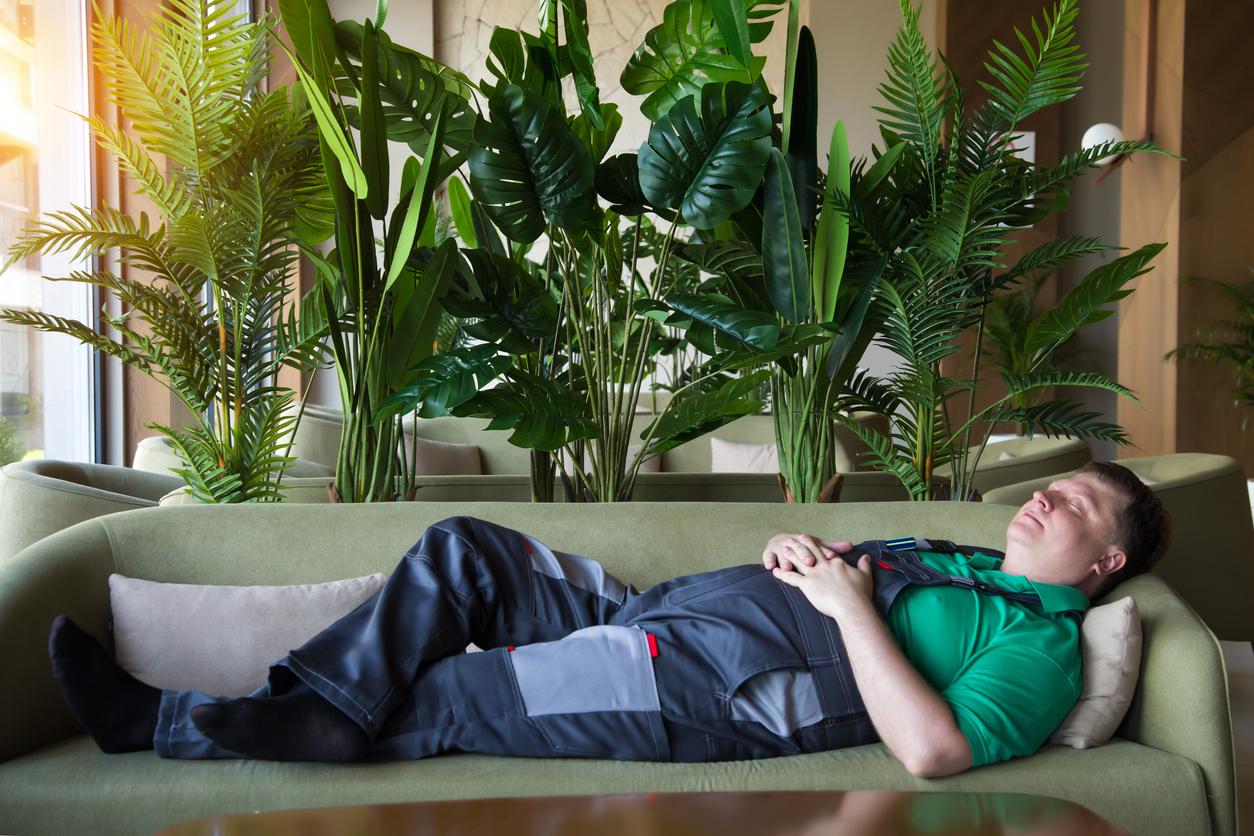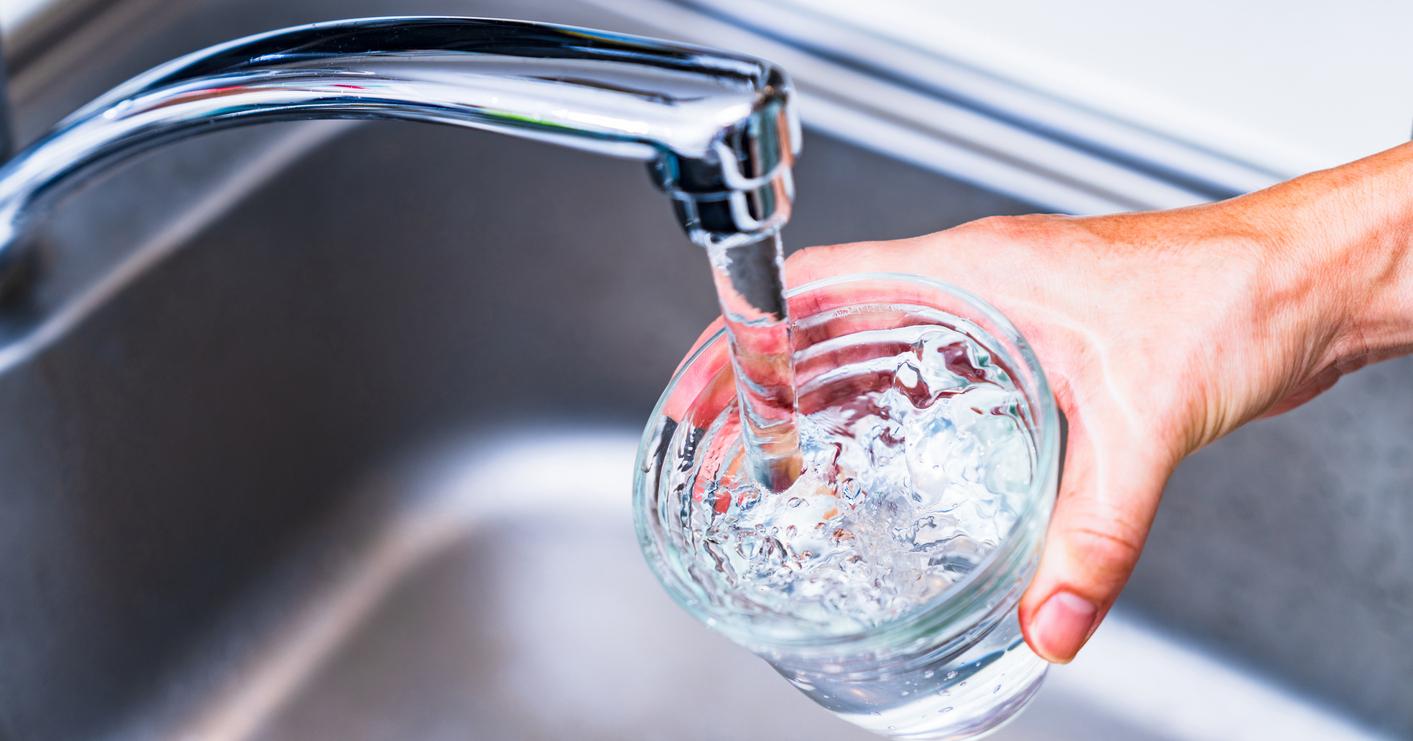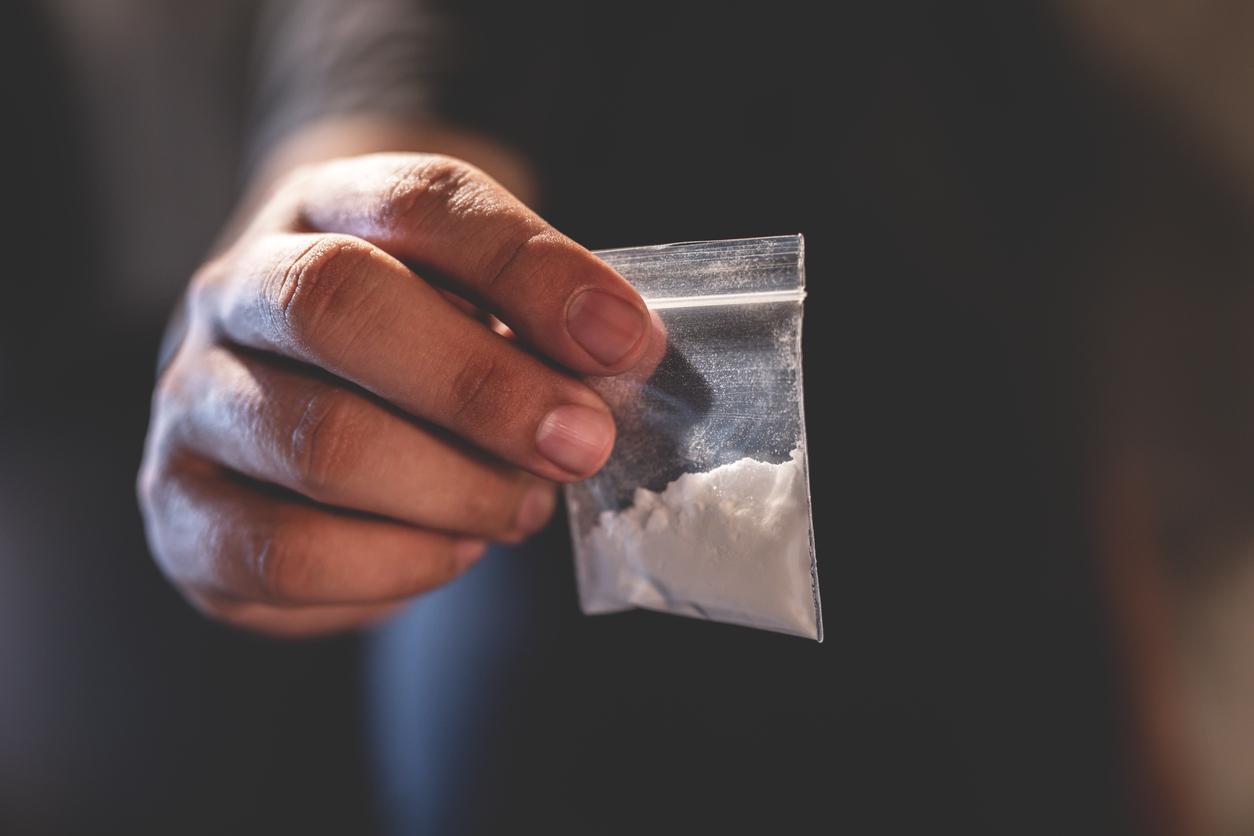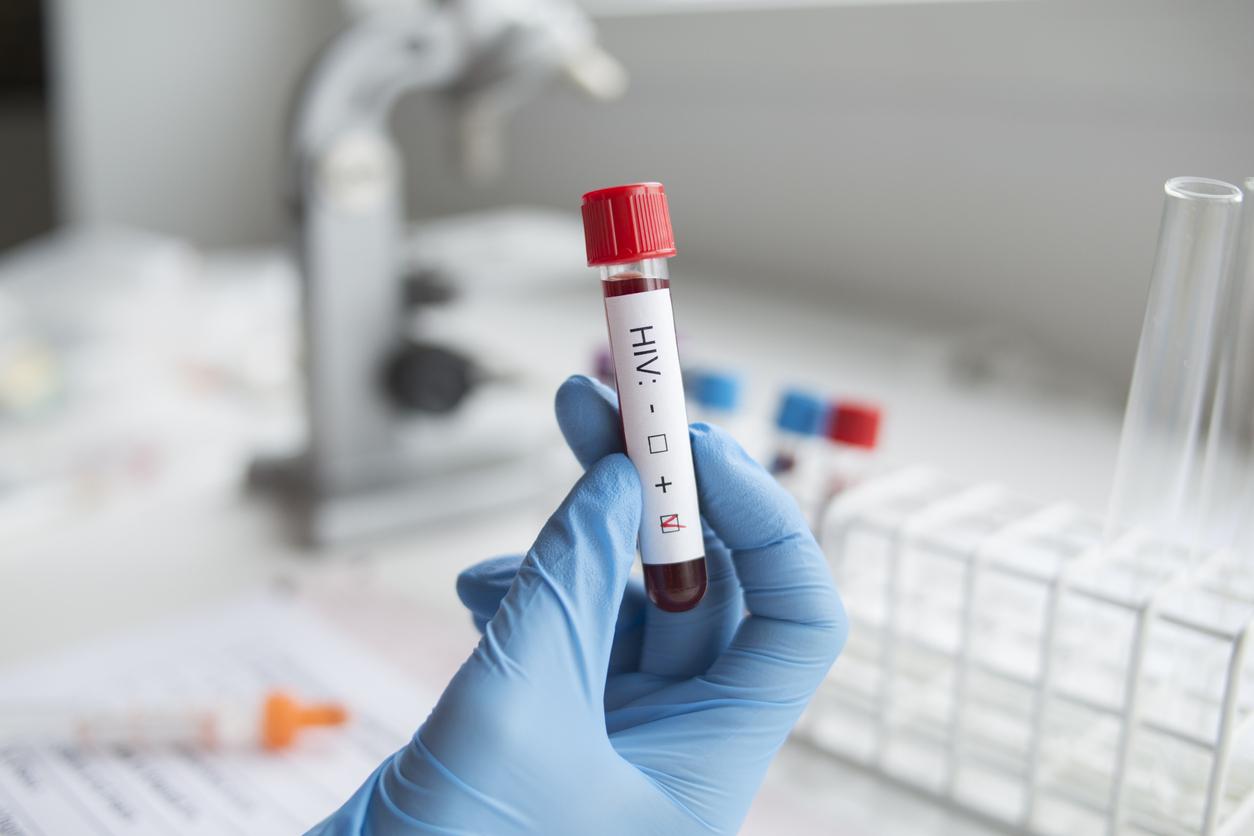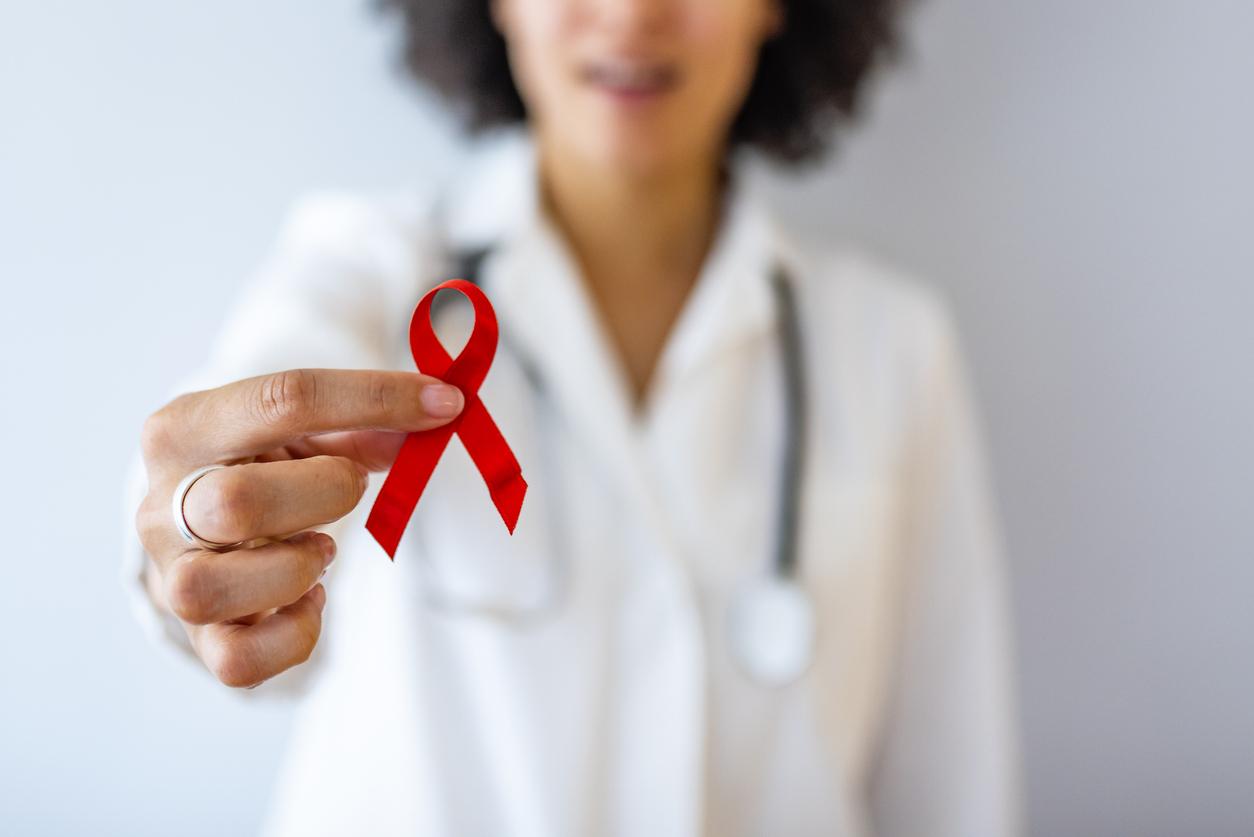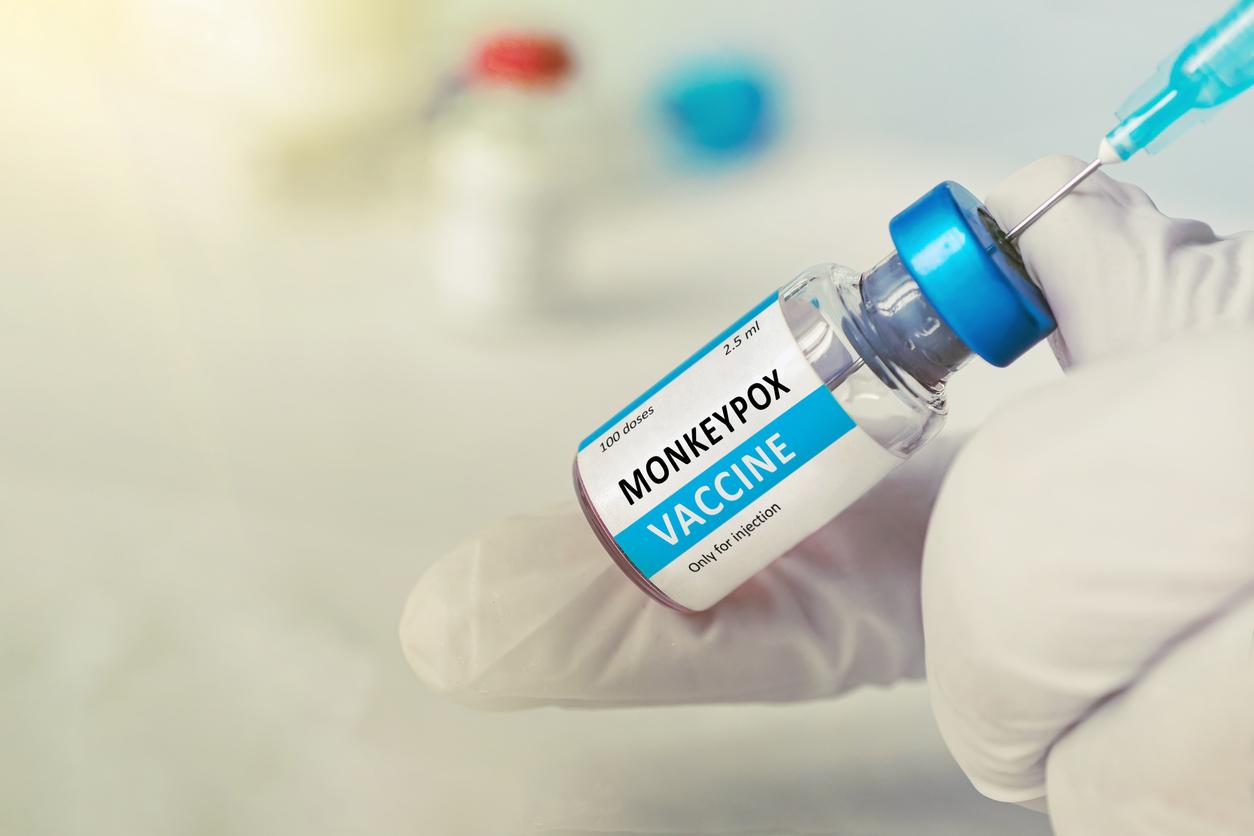Carmen Buchrieser, director of the Biology of Intracellular Bacteria unit at the Institut Pasteur and Professor at the Institut Pasteur, enlightens us on the risks of contamination of running water with legionella.
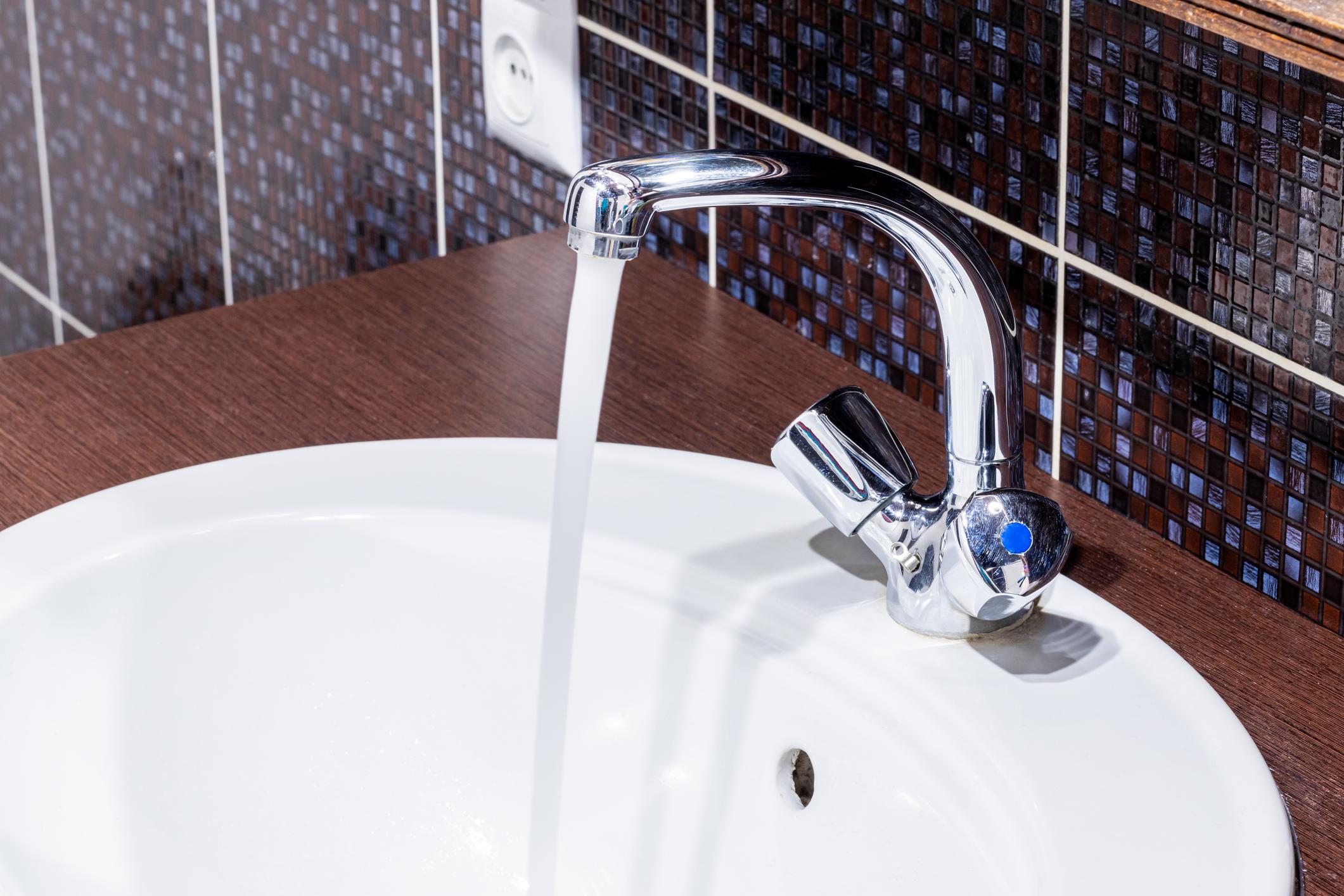
Tenants of the social landlord IMMO 3F in Soisy-sur-Seine in Essonne received a text message indicating that “analysis results have highlighted a concentration of legionella requiring immediate curative measures”. The opportunity for Why Doctor to take stock with a specialist on the risks of such contamination.
Why doctor: What is legionella bacteria?
Carmen Buchrieser: Legionella is an environmental bacteria found in warm and fresh waters. It has a particularity: it has the capacity to replicate in fresh water. It is transmitted to humans by aerosol, which allows it to easily access the respiratory tract and thus migrate into the lungs, where it also has the capacity to replicate, particularly in the immune cells which are supposed to defend us.
“This infection can be fatal in around 10% of cases”
What is Legionnaires’ disease?
It is a serious lung infection caused by the Legionella bacteria. This infection can be fatal in about 10% of cases. It’s important to diagnose it as early as possible because antibiotics work. The bacteria does not survive the effects of the antibiotic. But, the more the disease takes hold, the more complicated it is to treat.
What symptoms does it cause? And how ?
It causes severe pneumonia. But it can be more dramatic for those who have an additional risk factor such as smoking, chronic respiratory diseases, immunosuppressive treatment… The bacteria grows effectively in hot environments and the human body, the temperature of which is 37 degrees , is ideal.

And how does it manifest?
It starts with the symptoms of a normal flu such as: febrile flu-like illness, dry cough, muscle pain, anorexia, digestive problems (diarrhea), convulsion. Then comes the severe flu condition which develops into pneumonia, which requires hospitalization. So if you notice a flu-like illness and contaminated water, you absolutely must consult a doctor. The urine test is quick enough to know if you are infected or not.
Should we consult when we learn that our water is contaminated?
No, only if you have risk factors or signs of flu.
Legionella: “It’s a bacteria that dies very easily”
What are the processes to follow to eradicate this bacteria?
It likes standing water and can replicate up to 45 degrees. It dies when water temperatures exceed 60 degrees. Professionals must heat the entire building water system to more than 60 degrees to get rid of it, then do a check to verify that the bacteria is gone. If it is still present, you must heat the system again. It is also necessary to disinfect the air conditioning systems and also descale. It is a bacteria that dies very easily. Bleach can also be effective. The problem with legionella is that it comes back since it is present in waters, therefore, everywhere! The authorities must carry out regular checks.
The SMS received by residents indicates “showers prohibited but baths are possible”. For what ?
Legionella is not transmitted orally, so if water is ingested it is not a big deal. But since it is transmitted by aerosol, by breathing the bacteria, showering is more risky because of its droplets. The same goes when washing dishes, you have to be careful of splashes. The most prudent thing to do is to use water heated to more than 60 degrees or sterile water for specific situations such as for biomedical devices (cleaning and filling of oxygen therapy or sleep apnea devices) while waiting for professionals disinfect the building’s water system.
“Anything that produces an aerosol can transmit the bacteria to humans: air conditioning, fountains, thermal baths…”
Can the bacteria be found on other surfaces or is it only specific to water?
Normally it is water clean. But if the water is on the surface, of course it can be there. Some bacteria are transmitted, for example, by the fecal-oral route or by the skin route, which is not the case for this bacteria. Anything that produces an aerosol can transmit the bacteria to humans: air conditioning, fountains, thermal baths.
Is water contaminated with legionella common?
Yes, it can come back at any time because it is a bacteria present in the environment. It is an environmental bacteria and a parasite of aquatic protozoa (amoebae), Man is an accidental host. It’s a bit because of us if cohabitation took place. In developed countries, it has been able to gain access to humans thanks to widely developed artificial water systems as well as air conditioning systems. Climate change also has an impact because warmer water allows legionella to replicate more quickly.








